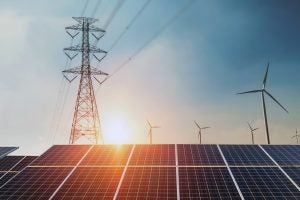En los últimos años, hemos sido testigos de cómo se ha aprobado legislación que busca transformar el sector eléctrico en Puerto Rico. En el 2014 se aprobó la Ley de Transformación y ALIVIO Energético, que por primera vez crea un ente regulador independiente capaz de fiscalizar y darle cumplimiento a la política pública energética de Puerto Rico. Cinco años luego, en el 2019 se aprueba, y de manera bipartita, la Ley de Política Pública Energética, que en síntesis crea la meta de alcanzar un 100% de generación por fuentes renovables para el 2050.
Ahora que en Puerto Rico entramos en un nuevo ciclo político, tenemos la oportunidad histórica para ejecutar correctamente las políticas públicas capaces de transformar el sistema eléctrico del archipiélago y tener impactos positivos para las futuras generaciones. Por eso, es de suma importancia para los puertorriqueños que se implementen las directrices y metas trazadas en el Plan Integrado de Recursos (“PIR”) de la Autoridad de Energía Eléctrica (“AEE”) según lo modificó el Negociado de Energía. Esto garantizará que el sistema eléctrico sea uno limpio, confiable, resiliente y asequible para poder revitalizar la economía y mejorar la calidad de vida de todos los habitantes.
 By
By 

